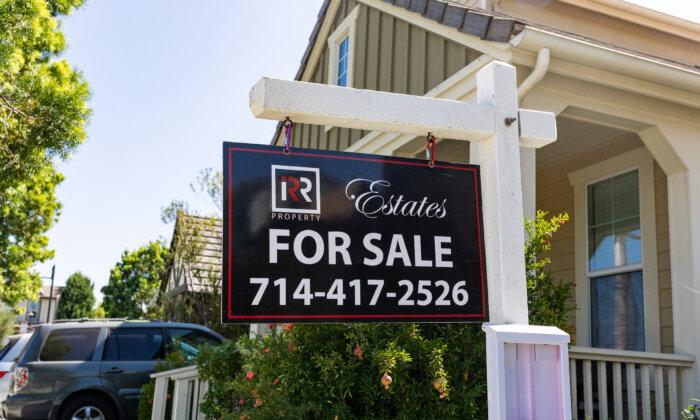Construction activity spending across the United States rose in February on both a monthly and annual basis, with residential and nonresidential spending registering an uptick.
The bureau highlighted that construction spending in the first two months of 2025 has outpaced numbers from the same period in 2024.
Construction spending includes money spent on new projects such as infrastructure and housing. Since the construction sector is a crucial component of the economy, growth in the sector positively impacts gross domestic product (GDP).
New single-family private construction spending for February increased by 1 percent from a month ago, suggesting strengthening construction activity at the beginning of the year.
Gains in construction spending and housing starts occurred despite costs remaining elevated.
On the plus side, “builders are starting to see relief on the regulatory front to bend the rising cost curve,” he said.
“Nearly 60 percent of contractors intend to increase their staffing levels over the next six months, the highest share in over two years. These hiring expectations suggest that the recent slowdown in industrywide employment is largely confined to the residential segment,” Basu said.
Lumber Prices
A further boost in construction spending may require lowering input prices of raw materials, with lumber being a key material.“Lumber prices are currently 15.6 percent higher than they were one year ago,” the NAHB said.
“Amid swelling uncertainty about tariffs, the price of softwood lumber was the highest since June 2023.”
The NAHB attributed the volatility in softwood lumber prices in recent years to higher demand, bottlenecks in the supply chain, insufficient domestic output, and increasing tariffs.
To address high lumber prices, the NAHB is advocating for boosting domestic production through actions such as opening up federal forest lands for logging. It asked for the reduction of lumber exports to international markets such as China.
The association also recommended seeking out new markets for lumber imports.
“Identify new markets (besides Canada) and work with countries already exporting softwood lumber to the United States to increase their exports here,” it said.
The Trump administration is taking action on the issue.
The directive said that the United States currently has the production capacity to meet 95 percent of the country’s softwood lumber consumption.
The presidential action made it a policy to ensure there are “reliable, secure, and resilient” supply chains established for timber and lumber.
“They drive up construction and housing costs and impoverish America through large trade deficits that result from exporters like Canada, Germany, and Brazil dumping lumber into our markets at the expense of both our economic prosperity and national security. That stops today.”







